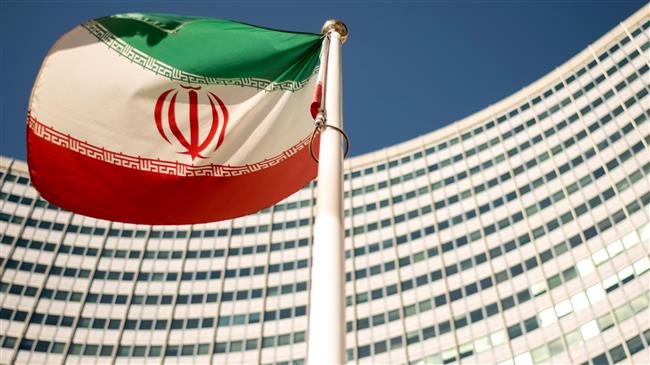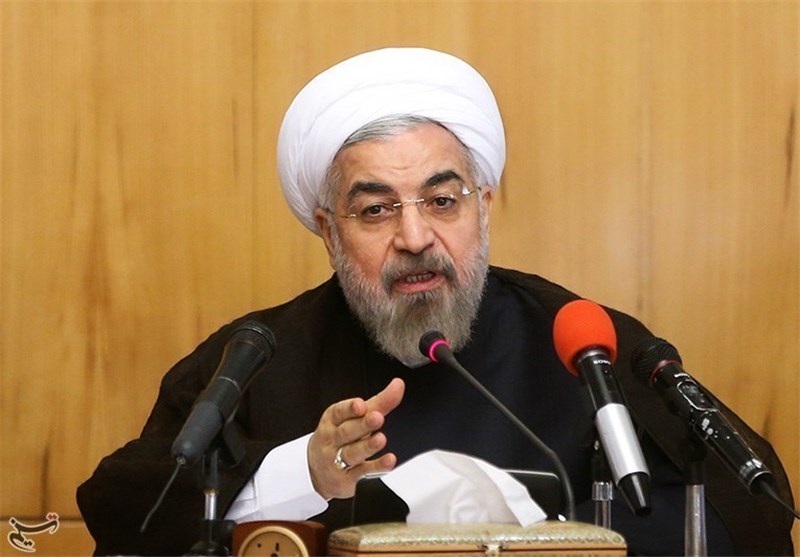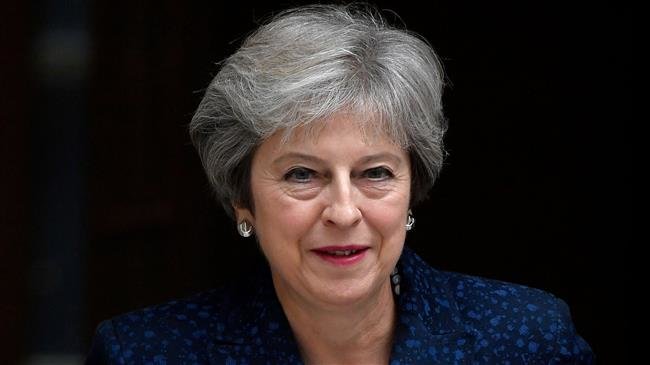With mounting sanction pressures by the U.S. administration against the Islamic republic, Iran's currency rial experienced the lowest rate ever against the foreign currency on Wednesday.
Publish dateThursday 6 September 2018 - 05:01
Story Code : 170165
AVA- In Tehran's exchange market, one U.S. dollar was traded for 148,000 rials on Wednesday, losing some 25 percent of its value since Saturday.
The depreciation of the local currency, for its main part, follows the return of the first round of U.S. sanctions signed into effect by U.S. President Donald Trump last month and the impending round of U.S. sanctions to be implemented on Nov. 4.
Trump pulled Washington out of the Iranian international nuclear deal in May and vowed to reimpose U.S. sanctions which had been lifted under the 2015 nuclear deal, also known as the JCPOA.
On Aug. 7, the United States reimposed the first round of economic sanctions on Iran. The sanctions targeted Iran's trade in precious metals, transactions in U.S. dollar, as well as Iran's auto sector.
The second round of U.S. sanctions will take effect in November, which will include a ban on Iranian oil exports and business with Iran's central bank.
The volatile climate of Iran's currency, beside being affected by the U.S. sanction pressures, can be traced to the quit of a number of major international energy and industrial companies from Iran's market amid the fear that they might fall to the prey of the U.S. punitive measures.
Also, there have been rising demand for foreign currency and gold coins among people for the fear of more plunge in their assets values and growing price.
Iran's Supreme Leader Imam Khamenei said that the economic problems are not wholly caused by the U.S. sanctions, but a series of internal issues and mismanagement.
Iran's enemy has been focusing its attention on Iran's economy due to certain economic weaknesses in the country, he said, adding that in dealing with economic woes, officials need to concentrate on the policies of the "resistance economy" that is based on domestic production as a defensive tool.
The resistance economy will help Iran build a stronghold and boost capabilities against the enemy and will move forward, the Iranian leader said.
Last week, Iranian President Hassan Rouhani attended parliament to answer questions by the lawmakers about his government's failure to control goods smuggling, continuation of western banking sanctions, unemployment rate, economic recession and increase in forex rate.
The Iranian lawmakers have complained that the administration's mismanagement of the conditions has resulted in price hikes and diminishing purchasing power.
As the intense rally persists in the foreign currency market, the Central Bank of Iran (CBI) issued a statement on Tuesday to assure the public that the bank's main concern is still the provision of essential goods to the people.
In its statement, the CBI released updated figures, saying that since the beginning of the fiscal year on March 21, more than 5.5 billion euros, equivalent to 6.4 billion U.S. dollars, have been allocated to import essential goods.
The gold coin rally has also been a major source of volatility along with the currency crisis. Gold has traditionally been a safe haven asset for Iranians in times of economic upheaval.
According to Eghtesadonline, several schemes, including a large-scale pre-sale of gold coins by the CBI at attractive prices, have failed to calm the gold coin market.
The CBI is trying to calm the volatile currency and gold markets by retreating from its control over the value of the rial in the exchange markets. The government has also agreed to lift restrictions on currency trading in the open market.
In the meantime, CBI Governor Abdolnasser Hemmati has blamed liquidity growth as the wellspring of the country's economic woes. He rejected rumors that the bank intends to raise interest rates from the current 15 percent to 23 percent.
The depreciation of the local currency, for its main part, follows the return of the first round of U.S. sanctions signed into effect by U.S. President Donald Trump last month and the impending round of U.S. sanctions to be implemented on Nov. 4.
Trump pulled Washington out of the Iranian international nuclear deal in May and vowed to reimpose U.S. sanctions which had been lifted under the 2015 nuclear deal, also known as the JCPOA.
On Aug. 7, the United States reimposed the first round of economic sanctions on Iran. The sanctions targeted Iran's trade in precious metals, transactions in U.S. dollar, as well as Iran's auto sector.
The second round of U.S. sanctions will take effect in November, which will include a ban on Iranian oil exports and business with Iran's central bank.
The volatile climate of Iran's currency, beside being affected by the U.S. sanction pressures, can be traced to the quit of a number of major international energy and industrial companies from Iran's market amid the fear that they might fall to the prey of the U.S. punitive measures.
Also, there have been rising demand for foreign currency and gold coins among people for the fear of more plunge in their assets values and growing price.
Iran's Supreme Leader Imam Khamenei said that the economic problems are not wholly caused by the U.S. sanctions, but a series of internal issues and mismanagement.
Iran's enemy has been focusing its attention on Iran's economy due to certain economic weaknesses in the country, he said, adding that in dealing with economic woes, officials need to concentrate on the policies of the "resistance economy" that is based on domestic production as a defensive tool.
The resistance economy will help Iran build a stronghold and boost capabilities against the enemy and will move forward, the Iranian leader said.
Last week, Iranian President Hassan Rouhani attended parliament to answer questions by the lawmakers about his government's failure to control goods smuggling, continuation of western banking sanctions, unemployment rate, economic recession and increase in forex rate.
The Iranian lawmakers have complained that the administration's mismanagement of the conditions has resulted in price hikes and diminishing purchasing power.
As the intense rally persists in the foreign currency market, the Central Bank of Iran (CBI) issued a statement on Tuesday to assure the public that the bank's main concern is still the provision of essential goods to the people.
In its statement, the CBI released updated figures, saying that since the beginning of the fiscal year on March 21, more than 5.5 billion euros, equivalent to 6.4 billion U.S. dollars, have been allocated to import essential goods.
The gold coin rally has also been a major source of volatility along with the currency crisis. Gold has traditionally been a safe haven asset for Iranians in times of economic upheaval.
According to Eghtesadonline, several schemes, including a large-scale pre-sale of gold coins by the CBI at attractive prices, have failed to calm the gold coin market.
The CBI is trying to calm the volatile currency and gold markets by retreating from its control over the value of the rial in the exchange markets. The government has also agreed to lift restrictions on currency trading in the open market.
In the meantime, CBI Governor Abdolnasser Hemmati has blamed liquidity growth as the wellspring of the country's economic woes. He rejected rumors that the bank intends to raise interest rates from the current 15 percent to 23 percent.
Source : خبرگزاری Afghn Voice Agency(AVA)
avapress.net/vdcjmyeviuqeavz.92fu.html
Tags
Top hits












